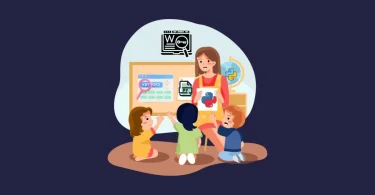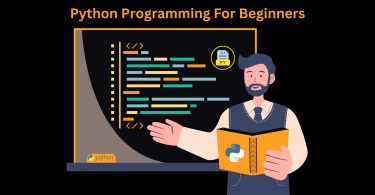Download free Deep learning with PyTorch in PDF. deep learning with PyTorch teach you to create neural network and deep learning system with PyTorch. This notes quickly gets you to work built a real word example from scratch.
By this notes you’ll discover ways for training networks with limited input and start processing data to get some results. You’ll sift through the unreliable initial results and focus on how to diagnose and fix the problems in your neural network.
In this notes you’ll look at ways to improve your results by training with augmented data, make improvement to the model architecture, and perform other fine tuning.
You Learn These Topics From This Notes:
1. Introducing The Deep Learning and The PyTorch Library
- The Deep Learning Revolution
- PyTorch for Deep Learning
- Why PyTorch?
- Hardware and Software requirements
2. Pretrained Network
- A Pretrained network that Recognize the Subject of an Image
- A Pretrained Model that Fakes it Until it Make it
- A Pretrained Network that Describe scenes
- Torch Hub
3. It Start With a Tensor
- The World as Floating Point Numbers
- Tensors: Multidimensional Arrays
- Indexing Tensor
- Tensor Element Types
4. Real-world Data Representation Using Tensors
- Working with Images
- 3D Images: Volumetric Data
- Representing Tabular Data
- Working with Time Series
- Representing Text
5. The Mechanics of Learning
- A Timeless Lesson in Modeling
- Learning in Just Parameter Estimation
- Less Loss is What we Want
- Down Along the Gradient
6. Using a Neural Network to Fit the Data
- Artificial Neurons
- The PyTorch NN module
- Finally a Neural Network
7. Telling Birds From Airplanes: Learning from Images
- A Data Set of Tiny Images
- Distinguishing Birds from Airplanes
- Output of a Classifiers
- A fully connected Model
8. Using Convolutions to Generalize
- The case for Convolution
- Convolutions in Action
- Sub classing NN..Module
- Training Our Convent
- Model Design
9. Using PyTorch to Fight Cancer
- Introduction to the Use Case
- Preparing for a Large Scale Project
- What is a CT Scan Exactly?
- The Project: An End-to-End detector for Lung Cancer
10. Combining Data Sources into a Unified Data Set
- Raw CT Data File
- Parsing LUNAs Annotation Data
- Loading Individual CT Scan
- A straight Forward Dataset Implementation
11. Training a Classification Model to Detect Suspected Tumor
- A Foundational Model and Training Loop
- The Main Entry Point for Our Application
- Our First Pass Neural Network Design
- Training and Validation the Design
12. Improving Training with Matrices and Augmentation
- High Level Plan For Improvement
- Graphic the Positive and Negative
- What Does the Ideal Dataset Look Like
- Revisiting the Problem of Overfitting
13. Using Segmentation to Find Suspected Nodule
- Adding a Second Model to Our Project
- Various Types of Segmentation
- Updating the Model for Segmentation
- Updating the Dataset for Segmentation
14. End-to-End Nodule Analysis and Where to Go Next
- Towards the Finish Line
- Independence of the Validation Sets
- Quantative Validation
- Predicting Malignancy
15. Deploying to Production
- Serving PyTorch Model
- Exporting Model
- Interacting with the PyTorch JIT
- LibTorch: PyTorch in C++
- Going Mobile
Virus note:
- All files are scanned by Team of techprofree.com for viruses
- Kindly Never run .exe’s, .ocx’s, .dll’s etc
- Only Open PDF, Word




Leave a Comment